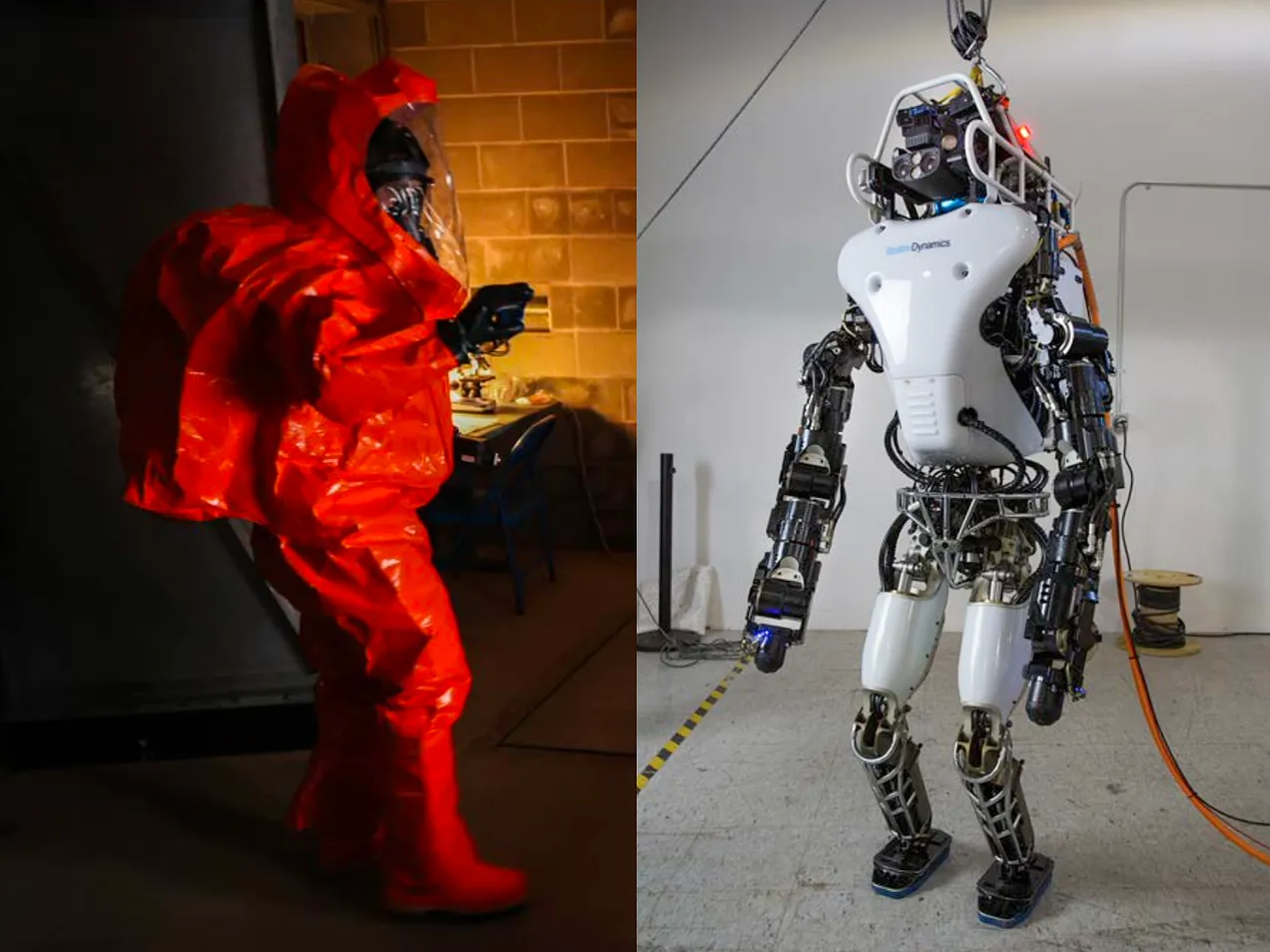 |
| Getty Images/iStockphoto |
China could produce a “coronavirus bioweapon” as well as deploy robots that are controlled by devices implanted into human brains in future warfare against the United States, according to a provocative new report by researchers.
The report, titled “Plagues, Cyborgs, and Supersoldiers: The Human Domain of War Research,” lays out several scenarios of possible future conflict.
The existence of the report was first written about by independent journalist Lee Fang.
“We see a complex, high-threat landscape emerging where future wars are fought with humans controlling hyper-sophisticated machines with their thoughts,” wrote experts at Acquisition and Technology Policy Program of the RAND National Security Research Division.
The researchers warned that American troops could be victimized in future wars by “synthetically generated, genomically targeted plagues.”
One scenario envisions China unleashing a novel coronavirus against sailors of the US Pacific Fleet in the South China Sea in 2028.
“Public health officials find that the virus is different enough from [COVID-19]…that the new virus is granted its own designation as SARS-CoV-3,” the report states.
“It easily evades immunity from prior COVID-19 infections and vaccinations and is exacerbated in spread by the ongoing monsoon season that keeps people indoors.” --->READ MORE HEREPentagon Report Predicts New Age of COVID Bioweapons and Brain Chip Warfare:
The year is 2028, and a new and highly infectious coronavirus has struck the sailors of the U.S. Pacific Fleet stationed in the South China Sea. As the world grapples with this emerging pandemic, confusion runs rampant among officials at the CIA, CDC, and DOD, who bicker over the most effective response strategies.
Meanwhile, China, seemingly immune to the novel virus, seizes the opportunity to launch a full-scale assault on Taiwan, capitalizing on the global chaos.
While the World Health Organization praises China's successful social distancing measures, little do they know that the Chinese government had covertly vaccinated its military and essential workers under the guise of a standard COVID-19 booster campaign.
This scenario, initially conceived by Pentagon researchers, may sound like science fiction, but military strategists believe that a "coronavirus bioweapon" may lurk on the horizon. This possibility is one of several outlined in a new report sponsored by the Office of the Secretary of Defense. The report “Plagues, Cyborgs, and Supersoldiers: The Human Domain of War Research” delves into how CRISPR gene-editing technology, mRNA vaccines, brain networking, and other technological advancements could unleash new forms of military conflict.
Released earlier this month and reported here for the first time, this provocative report, conducted within the Acquisition and Technology Policy Program of the RAND National Security Research Division, offers futuristic scenarios that military planners should consider.
“We see a complex, high-threat landscape emerging where future wars are fought with humans controlling hyper-sophisticated machines with their thoughts” and “synthetically generated, genomically targeted plagues” that cripple the American military-industrial base,” the report warns. --->READ MORE HEREFollow links below to relevant/related stories and resources:
COVID Liability Immunity Includes Slips and Falls at Hospital – Alabama High Court
COVID-19 pandemic, barriers to care fuel rising Hispanic suicide rate
USA TODAY: Coronavirus Updates
WSJ: Coronavirus Live Updates
YAHOO NEWS: Coronavirus Live Updates
NEW YORK POST: Coronavirus The Latest
If you like what you see, please "Like" and/or Follow us on FACEBOOK here, GETTR here, and TWITTER here.


No comments:
Post a Comment